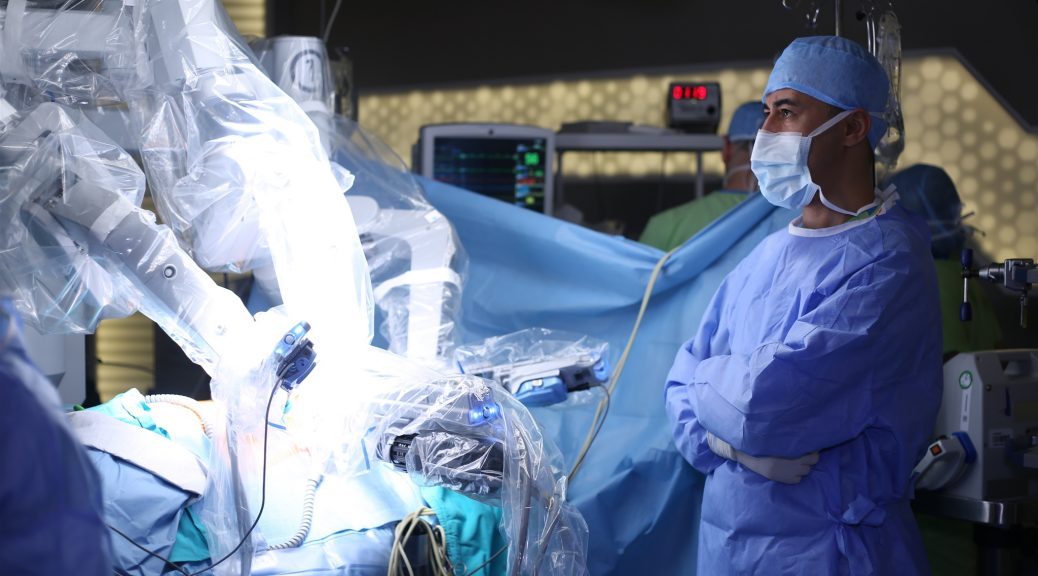
Advancement in Urology Robotic Surgery
The use of robotic surgery has revolutionised the field of surgery and the demand for it continues to grow. Its roots can be traced back in 1987 when the first laparoscopic cholecystectomy was perfomed. At that time, it was still in its infancy, but it already appeared to be promising. And today, it has undoubtedly changed the experience of surgery for patients and surgeons around the world.
Robotic surgery is a surgical procedure that places a device, specifically a computer-assisted electromechanical one, between the surgeon and the patient during an operation. It bears asking why this technique has become successful. The proof lies in its significant benefits. Some of these benefits include the reduction of stress, less disruption to a patient’s life, prevention of surgery complications, shorter hospital stays, and faster recovery.
Over the years, robotic surgery has been performed in many surgical specialties, such as general surgery, gynecology, otorhinolaryngolog, pediatric surgery, thoracic surgery, and urology. Here we will focus on the different urology conditions and the impact of robotic surgery in treating them.
Urology and Robotics
Urologic conditions are medical disorders arising from the gentio-urinary system, which is made up of the adrenal glands, kidneys, uretersbladder, urethra. It also affects the male reproductive organs.
Common urologic conditions are benign prostatic hyperplasia, bladder cancer, erectile dysfunction, kidney disorder, prostrate cancer, and urinary blockage. When treating any of these diseases, tiny tools are used in the surgery, which are much smaller than the incision required for conventional urological procedures. Robotic surgery, therefore, warrants less bleeding, infection, and damage. In addition, recovery time is faster than with traditional treatment. While it takes six to eight weeks for a patient who underwent a traditional surgery to recover, recovery period for robotic surgery patients is only three weeks.
In Singapore, prostate cancer is the third most common cancer among Singaporean males. And the risk of such cancer rises after the age of 50. On average, a total of 534 new cases and 105 deaths from prostate cancer occur in a year. Fortunately, when diagnosed early, it can be treated by open operation or keyhole robotic endoscopic surgery.
Nowadays, robotic surgery is used in almost all radical prostatectomies, which involve the process of removing the prostate gland and tissues surrounding it. Prostate cancer patients, however, are quite hesitant to undergo surgery because of the risk of losing their ability to have sexual intercourse. This misconception has to be cleared! The truth is with robotic surgery, there’s a low risk of impotency and best chance for recovery. While sex is important in a marriage, life is more important because if prostate cancer is not given proper attention and accurate treatment, it may spread to the liver and lead to death.
The Future of Robotic Surgery
Robotic surgery has proven its worth and place in the medical industry. While there are risks and challenges to using it, it is believed to have an incredible potential. The demand for surgical robots will remain strong in the future. And in the coming years, expect to see more of new robotic surgery platforms having greater efficiency and precision.